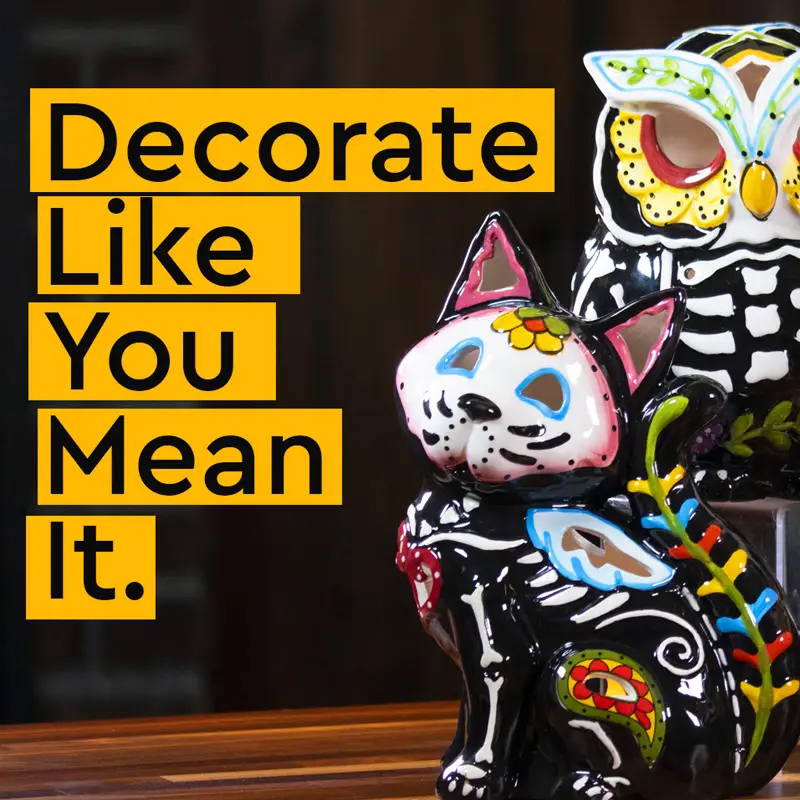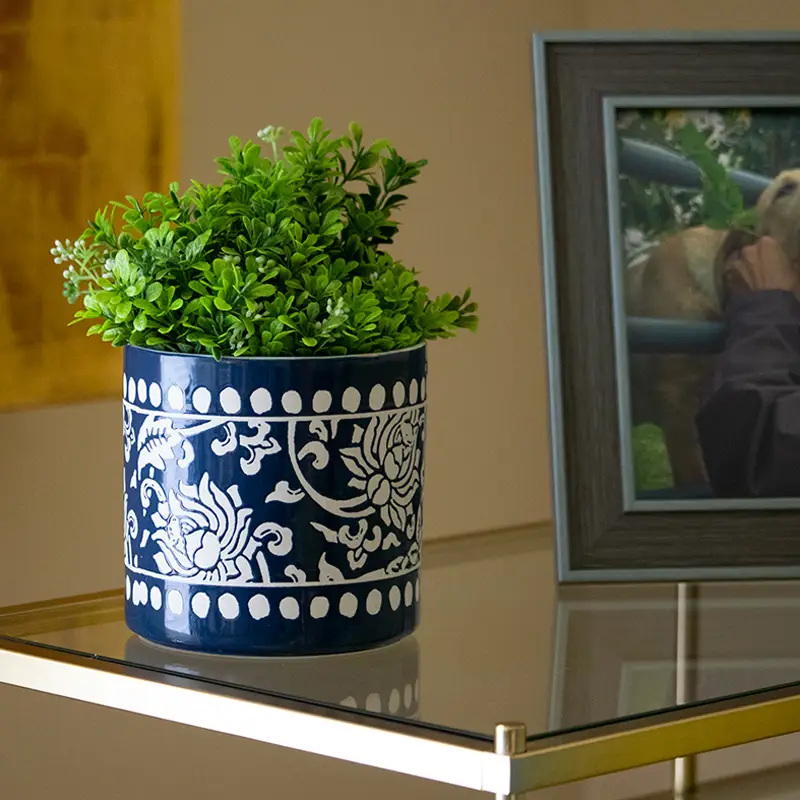Case Study
Blue Sky Clayworks
From B2B Manufacturer to a B2C Powerhouse
The Process
Our Approach:
Website Overhaul: We began by redesigning the outdated website, making it more user-friendly, visually engaging, and optimized for online shopping. The goal was to make Blue Sky Clayworks a destination website for both new and loyal customers.
Social Media Strategy: Given their core audience’s demographics, we initially focused on Facebook and Instagram, targeting collectors aged 45 and older. Through engaging content, promotions, and seasonal campaigns, we increased brand visibility and drove traffic to the new website.
Targeting a Younger Audience: When the Hello Kitty collaboration was announced, we adjusted the marketing strategy to appeal to a younger demographic. By leveraging their existing customer data, we expanded outreach efforts, incorporating broader online campaigns and influencer partnerships to attract a new audience to the brand.
Results: Within just three months of launching the new website and social media campaigns, Blue Sky Clayworks surpassed their previous year’s total sales. The combination of enhanced photography, user-friendly design, and targeted online marketing helped reposition the brand as not just a seasonal favorite, but as a direct-to-consumer destination.





